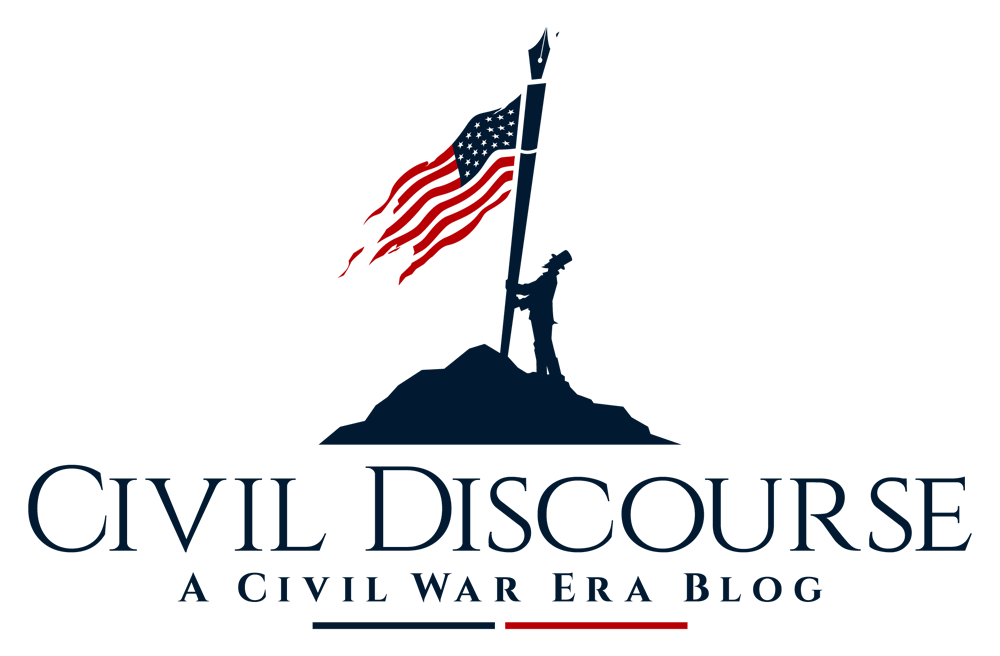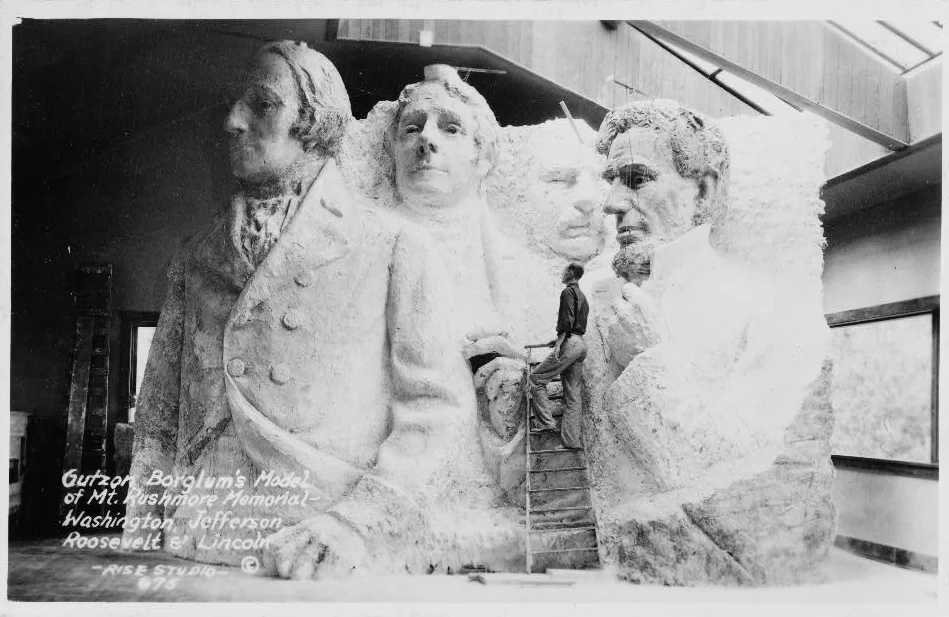The Civil War Sesquicentennial: Commemoration in the Digital Age
/The American Civil War has left behind layers. When modern Americans visit battlefields, we see not only scars left between the years 1861 and 1865, but also select remnants of eras before and after. We see historic structures, which were the homes and businesses of people who occupied these now hallowed spaces long before the soldiers in blue and gray. Monuments, placed by veterans, heritage groups, and state and federal governments dot the landscape. Fortified earthworks, rebuilt fences, even trees and parking lots all tell complex stories of various attempts at remembering.
Which leads us to question, what has the 150th left behind?
Read More



















